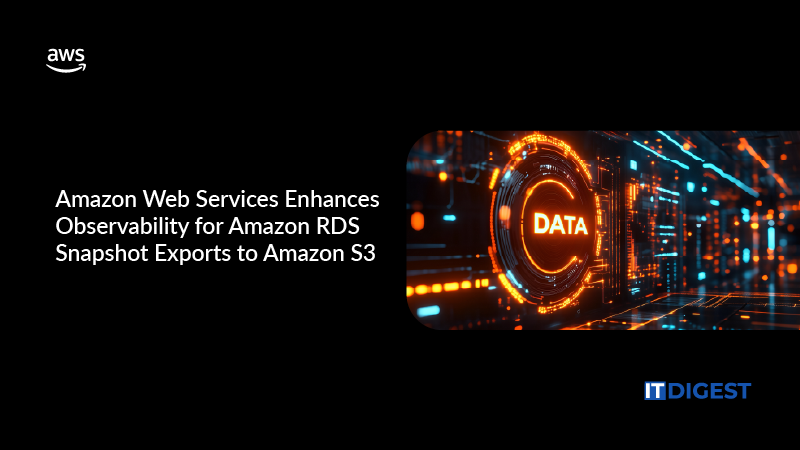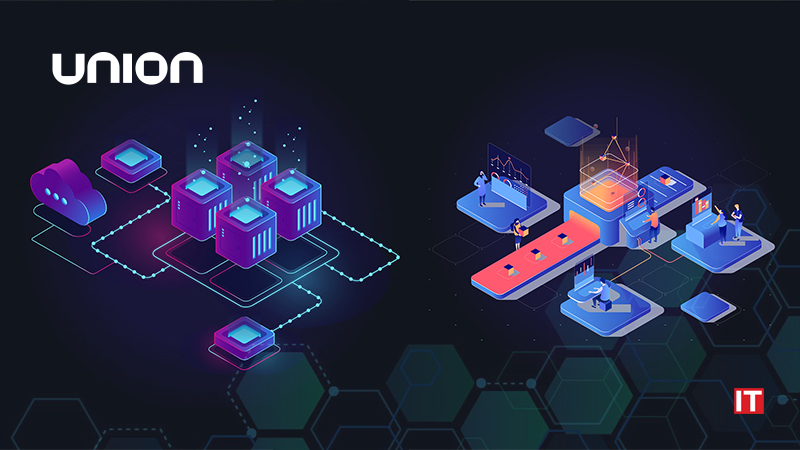As machine learning and data products have grown more powerful and complex, a new generation of software tools has arisen to orchestrate the tasks behind them.
Data and Machine Learning Orchestration Takes Center Stage at KubeCon
Union.ai made the power of orchestration accessible with the release of Union Cloud, a managed version of the popular Flyte orchestrator that includes data, models and infrastructure to start building quickly at scale. By handling infrastructure tasks, the Union Cloud platform cuts engineering overhead so data and ML teams can focus on building amazing products no matter the size of the company.
The company announced Union Cloud’s availability at KubeCon + CloudNativeCon North America 2022, the Cloud Native Computing Foundation’s annual conference. Union.ai also announced the availability of Union Sandbox, a cloud-hosted Flyte sandbox that will let new Flyte users get started immediately without having to use a local sandbox to develop workflows and pipelines.
“Most ML-powered products never make it to production. Until now, only organizations with significant resources and skills can operate ML and Data products efficiently and reliably at scale,” said Union.ai CEO Ketan Umare. “This is what led me to start Union to help any team deliver reliable ML products at scale.” Before founding Union.ai, Umare was on the team at Lyft that created Flyte, which the transportation company open-sourced under Union.ai’s management in 2020.
Both Flyte and Union Cloud run native on Kubernetes, the open-source system for automating deployment, scaling and management of containerized applications. “Modern application development technologies help developers reduce operational overhead and create value faster,” said Matt Klein, a recent CNCF board member and creator of Envoy, Lyft’s open-source edge and service proxy.
“Flyte has been built from the ground up as cloud-native platform for ML and data orchestration. Leveraging Kubernetes as its execution engine enables Flyte to deliver scalable machine learning and data workflows with less complexity.”
































